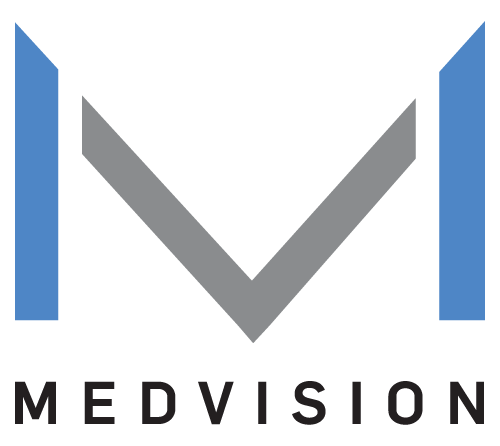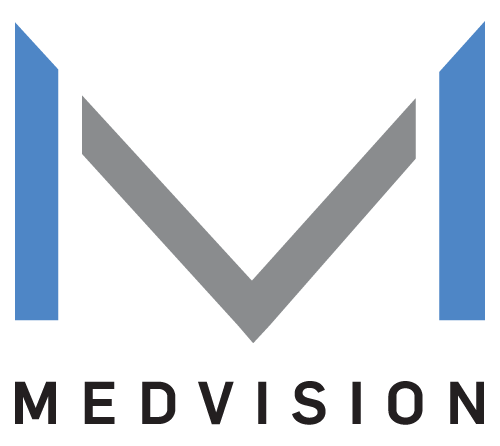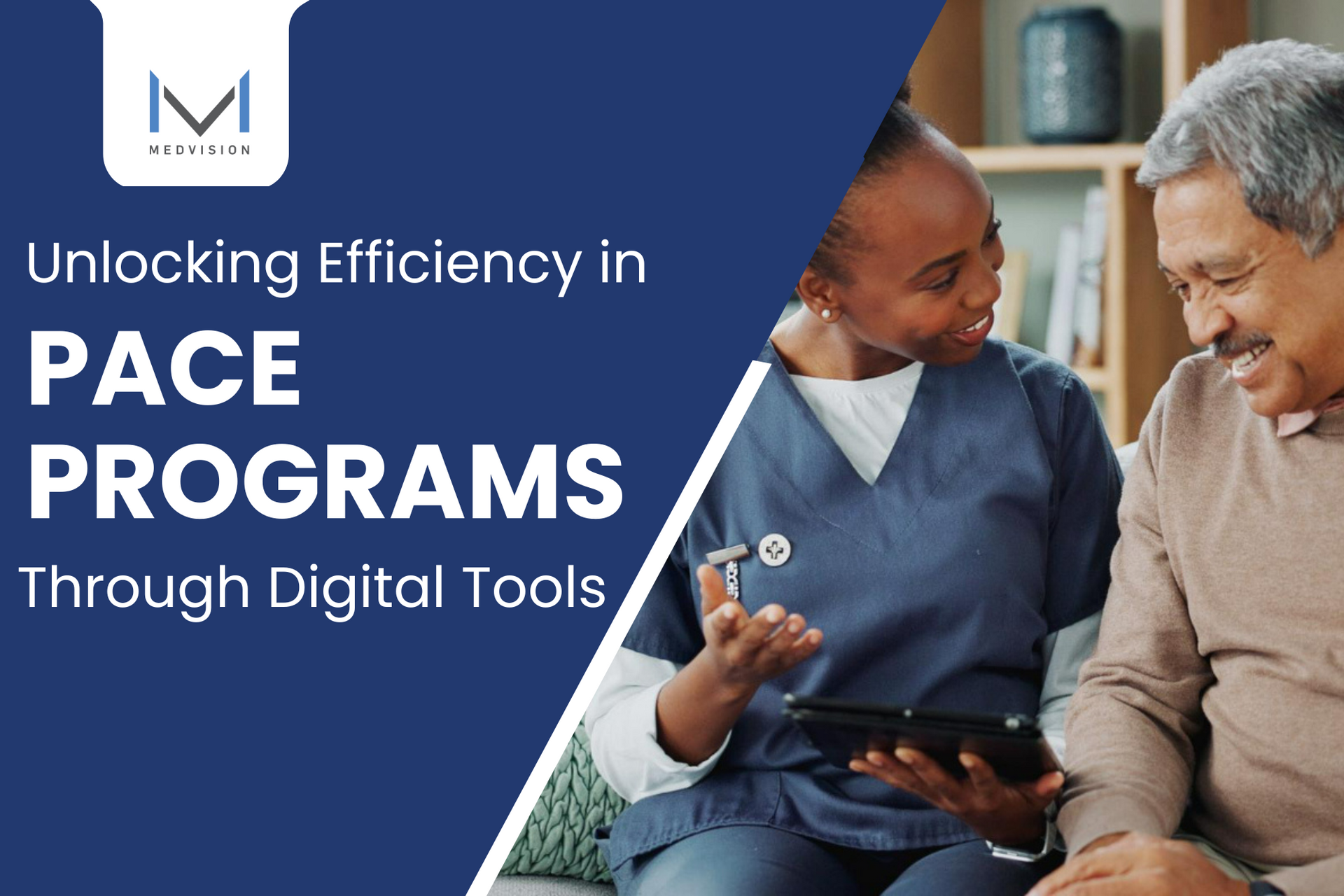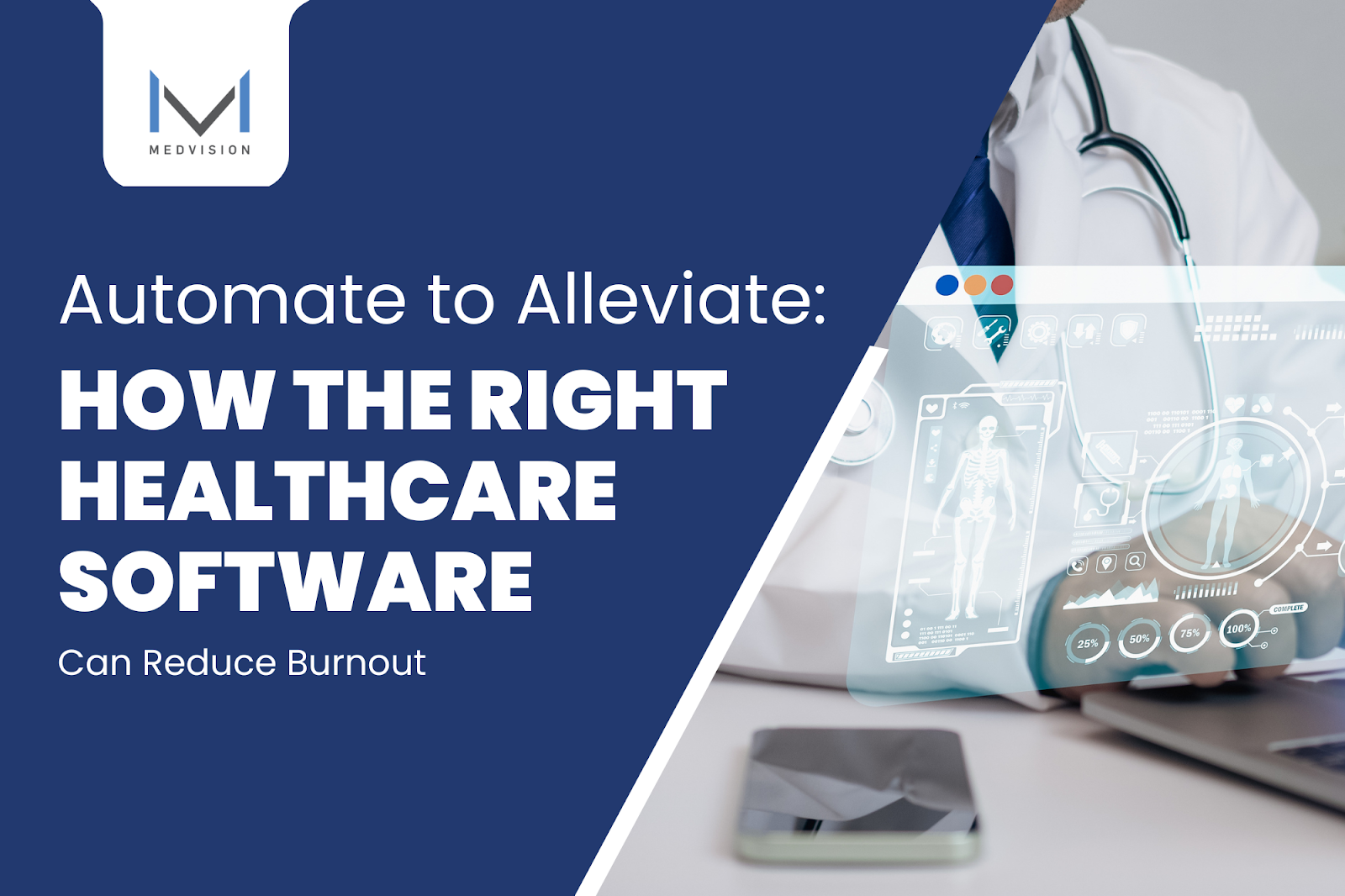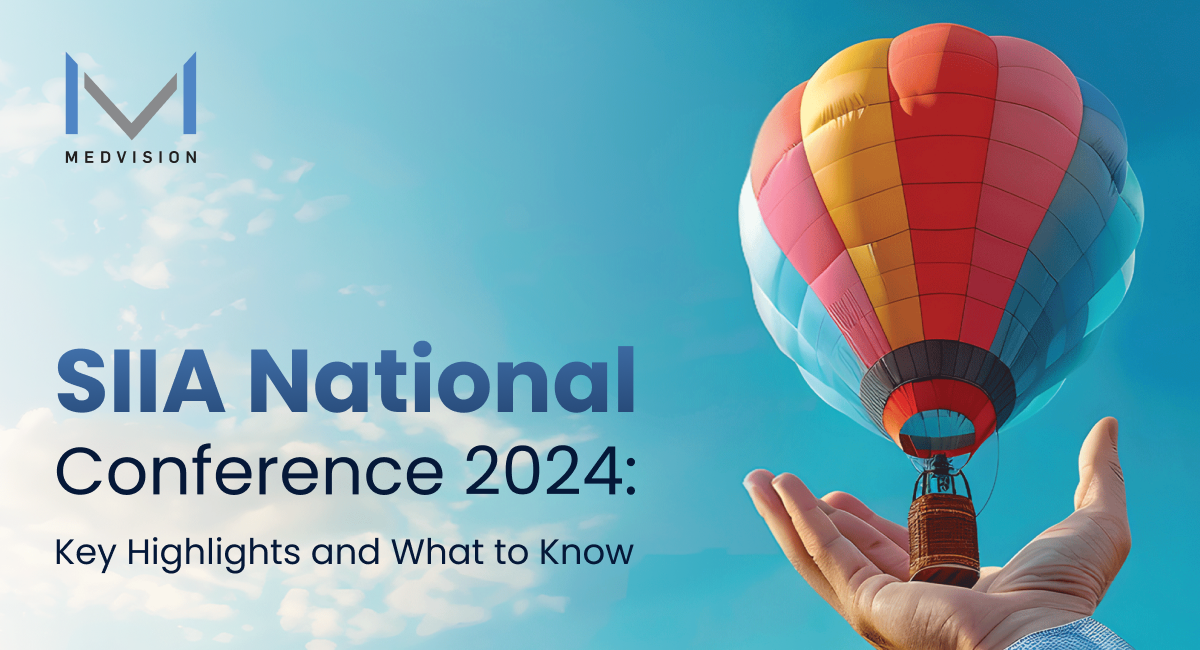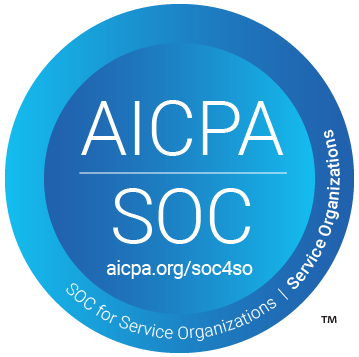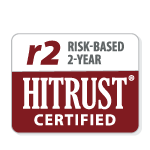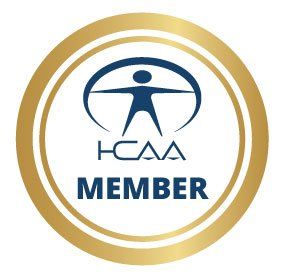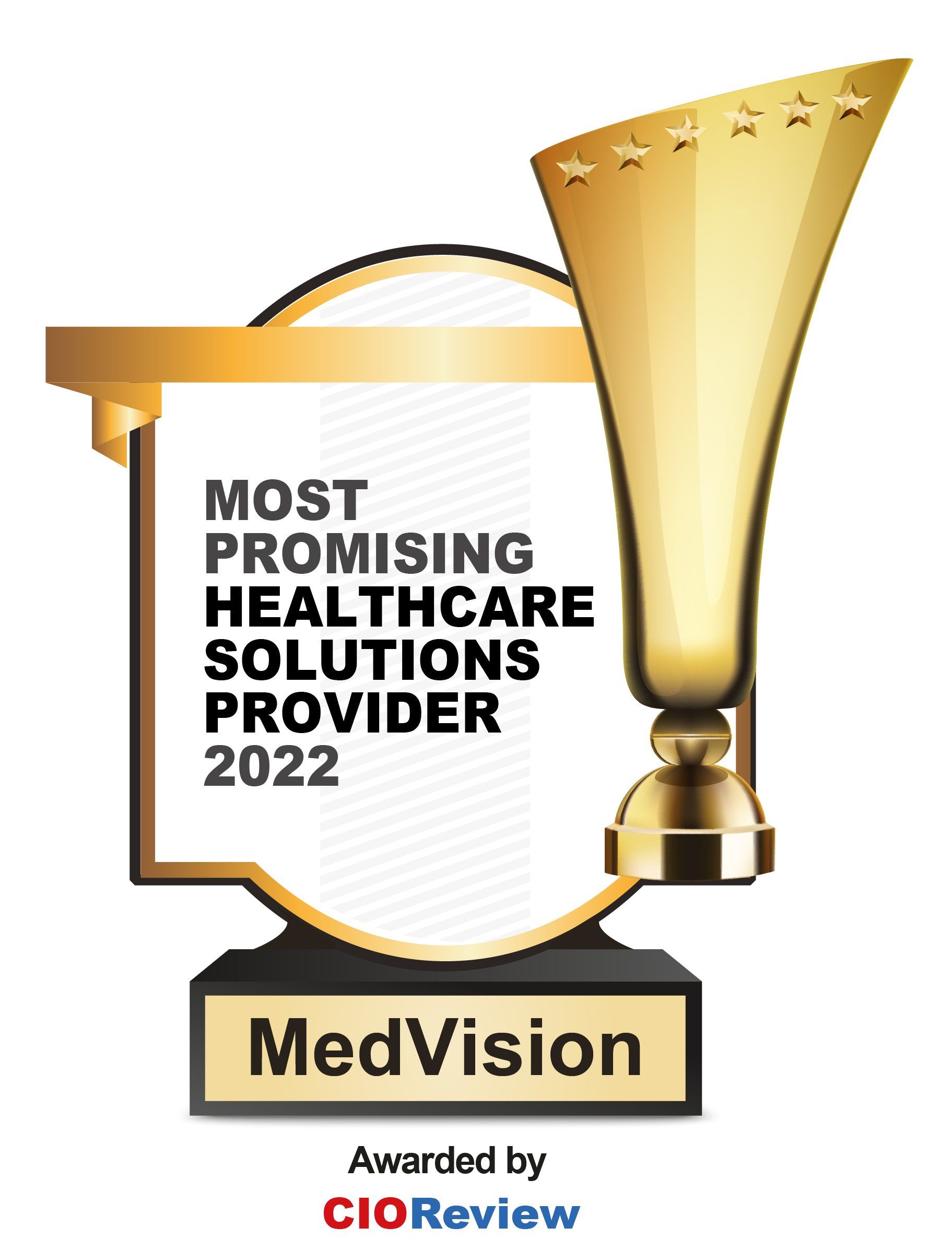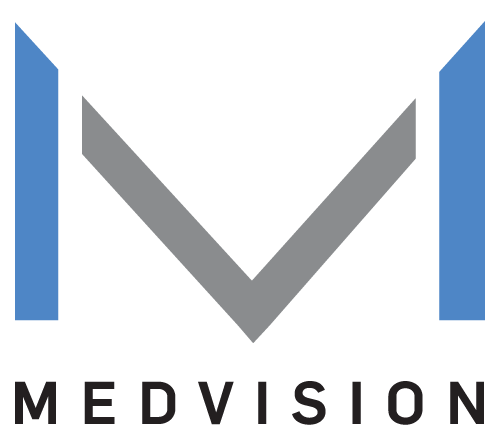Why Transparency Matters in EDI & Encounters

Transparency is the cornerstone of trust, forming a vital two-way street in healthcare. Effective communication and collaboration must always be rooted in trust.
In Electronic Data Interchange (EDI) and encounter management, transparency ensures that data exchange is accurate, timely, secure, and reliable. As healthcare organizations aim to optimize operations, comply with regulations, and deliver quality care, the need for transparency becomes increasingly apparent.
A platform like QuickCap v7.0 (QC7) can be a powerful tool for achieving transparency and driving transformative change in healthcare administration with its innovative features and capabilities.
Embracing transparency is pivotal to optimizing all aspects of healthcare administration. Let's explore how fostering transparency is vital in EDI practices.
What is EDI?
Electronic Data Interchange (EDI) optimizes business communication by enabling the electronic exchange of essential documents among trading partners. For instance, QC7 facilitates EDI initiatives by seamlessly exchanging healthcare-related documents such as claims, authorizations, and remittance advice between healthcare providers, payers, and other stakeholders. This automated process streamlines administrative tasks, reduces errors, and accelerates the reimbursement cycle, ultimately enhancing efficiency and improving patient care. Following our exploration of EDI's efficiency-enhancing benefits, let's consider what the patient encounter means in healthcare administration.
Read More: What Is EDI Compliance and Why Is It Important?
What Are Encounters in Healthcare?
An encounter refers to a patient's interaction with a healthcare provider or facility to receive medical care or services. Encounters can include various visits, such as consultations, examinations, treatments, or procedures. Each encounter typically involves documenting relevant information, such as the patient's symptoms, diagnoses, treatments provided, medications prescribed, and other pertinent details related to the patient's care. Encounters are crucial for electronic health record (EHR) systems to capture and record patient information accurately. They also aid in communication among healthcare providers and ensure continuity of care for patients.
The Crucial Role of Transparency
With the right tools, transparency in EDI and encounter management reaches new heights, amplifying efficiency and accuracy:
Enhancing Accuracy
Clear visibility of data exchange processes allows stakeholders to identify and address discrepancies. This minimizes errors and delays in
claims processing and ensures accurate data transmission.
Improving Compliance
Maintaining transparent records of EDI transactions and encounters aids healthcare organizations in demonstrating compliance with regulatory requirements. This transparency reduces the risk of audits and penalties, enhancing overall compliance efforts.
Fostering Trust
Transparency builds trust among stakeholders by providing complete information about EDI transactions and encounters. Providers, payers, and patients can rely on transparent processes, fostering stronger relationships and collaboration within the healthcare ecosystem.
Diversity and Accessibility
Transparent EDI practices and encounters can help ensure that healthcare systems are more accessible and responsive to diverse patient populations. An example of diversity initiatives could be transparent billing practices that can help patients better understand their healthcare costs, regardless of their socioeconomic background or insurance status. Organizations prioritizing diversity in the workplace are also better equipped to address the unique needs of diverse patients.
Empowering Informed Decision-Making
Transparent access to data enables healthcare organizations to make well-informed decisions on resource allocation and process optimization. Real-time analysis of EDI and encounter data identifies trends and opportunities for improvement, leading to better outcomes for patients and stakeholders.
Driving Operational Efficiency
Streamlining EDI in the workplace and encountering management workflows reduces manual errors. With clear visibility into the data exchange process, organizations can automate tasks, expedite claims processing, and minimize billing errors, resulting in significant cost savings and operational efficiency gains.
Consequences of Inadequate Transparency
- Data Breaches: Lack of transparency in the exchange of sensitive patient information through EDI can lead to unauthorized access, potentially resulting in lawsuits and damage to the organization's reputation.
- Contractual Violations: Contractual violations with healthcare providers, payers, and stakeholders can happen without transparency, causing legal disputes and financial liabilities for both sides.
- Non-Compliance: When encounters and EDI practices lack transparency, regulatory protocols such as HIPAA are not followed. This can result in legal action, fines, and penalties.
- Patient Privacy: Patients have the right to know how their health information is being used and exchanged, and a lack of transparency regarding this is an ethical violation.
- Accountability: Transparency allows stakeholders to monitor and assess the quality of care given to patients. It fosters accountability among healthcare providers and holds all parties responsible for any action or decision.
Transparency Through QC7
QC7's transparent approach to EDI practices and encounter management meets the demands and elevates the healthcare industry’s efficiency, compliance, and trust standards. Its user-friendly interface and customizable features empower healthcare organizations to reduce errors and make informed decisions. With it, administrators can confidently navigate the complexities of healthcare data exchange, knowing they have a reliable solution. By embracing a transparent culture and EDI with QC7, healthcare organizations can embark on a journey towards enhanced productivity, improved patient care, and sustained success in the future.
Start Embracing Transparency Today!
Recently published articles
Keep in touch
Subscribe to get the latest update
Trending topics
Share your insights on social media
Upcoming events and company news
